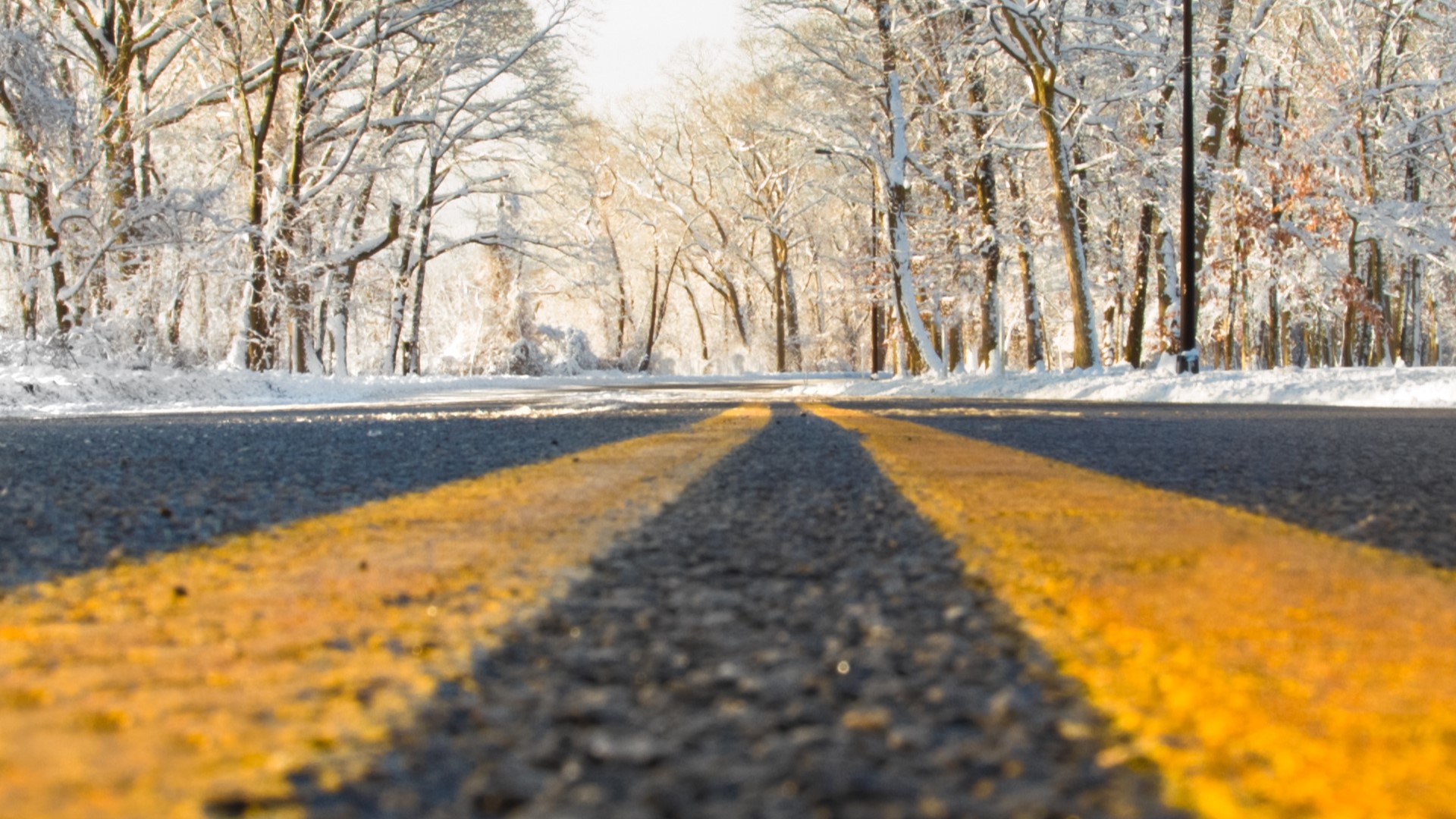CHARLOTTE, N.C. — When Mother Nature brings wintry weather to the Carolinas, we often talk about freezing rain, sleet and snow, but it's the thing you can't see that often poses the biggest risk.
We're talking about black ice, a thin coat of ice that's always lurking and isn't actually black at all.
Let's connect the dots.
Black ice is a clear glaze of ice on the roads that you can't see. It forms when wet roads turn to ice as temperatures drop below freezing. Even a little dew can cause black ice. It can happen anywhere the conditions are right but bridges and overpasses are especially prone.
Why bridges freeze before regular roads
When you're driving, you might see signs that say "Bridge freezes before road." That's because you've got cold air flowing below and above the pavement.
Shaded spots on roads are problematic, too, since they don't get direct sunlight. So think about spots under overpasses.
What to do if you hit black ice
First, steer straight. Any sudden turns can make your car lose control and spin. And it might be tempting to hit the brakes, but that can also cause sliding.
Instead, driving safety experts recommend keeping a lower speed and maintaining a bigger distance between you and the car ahead.
Contact Ben Thompson at bthompson@wcnc.com and follow him on Facebook, Twitter and Instagram.
Wake Up Charlotte To Go is a daily news and weather podcast you can listen to so you can start your day with the team at Wake Up Charlotte.
SUBSCRIBE: Apple Podcasts || Spotify || Stitcher || TuneIn || Google Podcasts
All of WCNC Charlotte's podcasts are free and available for both streaming and download. You can listen now on Android, iPhone, Amazon, and other internet-connected devices. Join us from North Carolina, South Carolina, or on the go anywhere.

